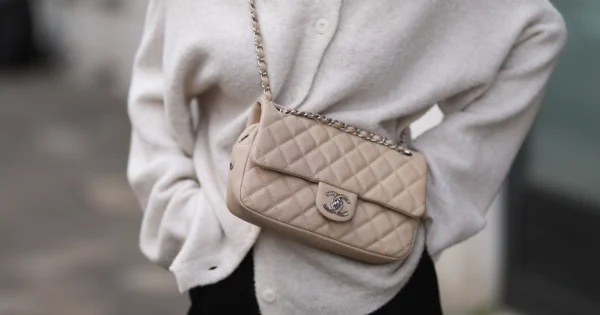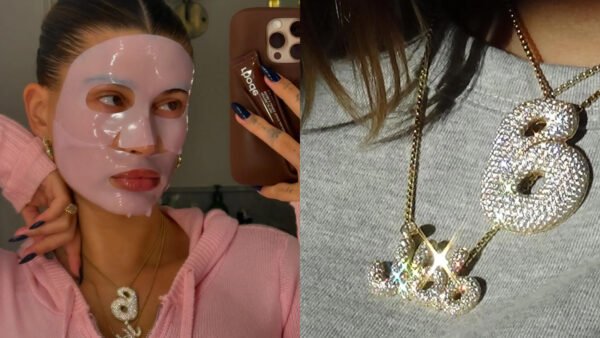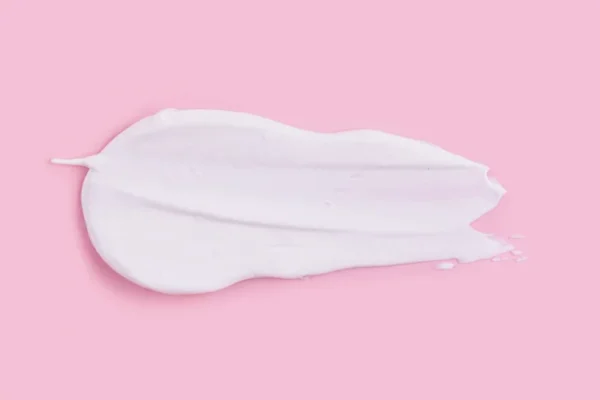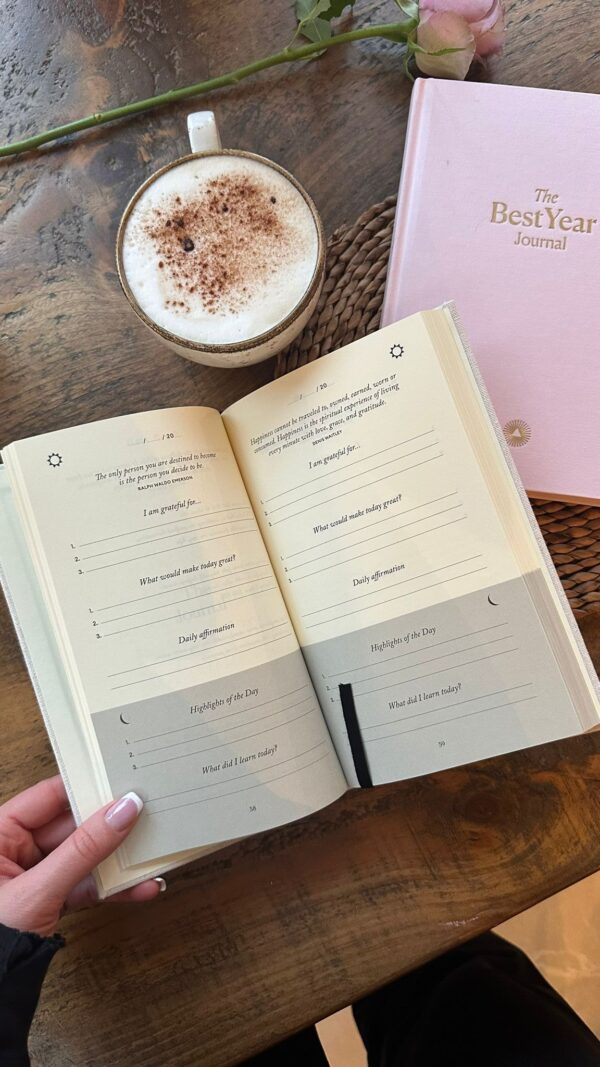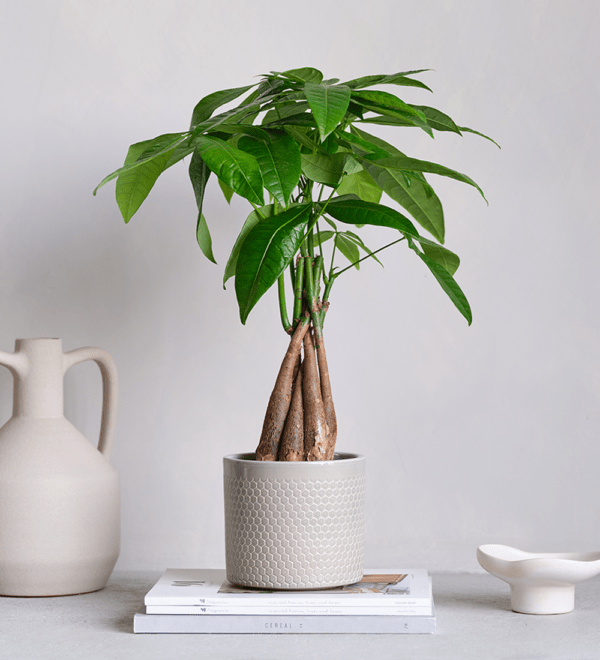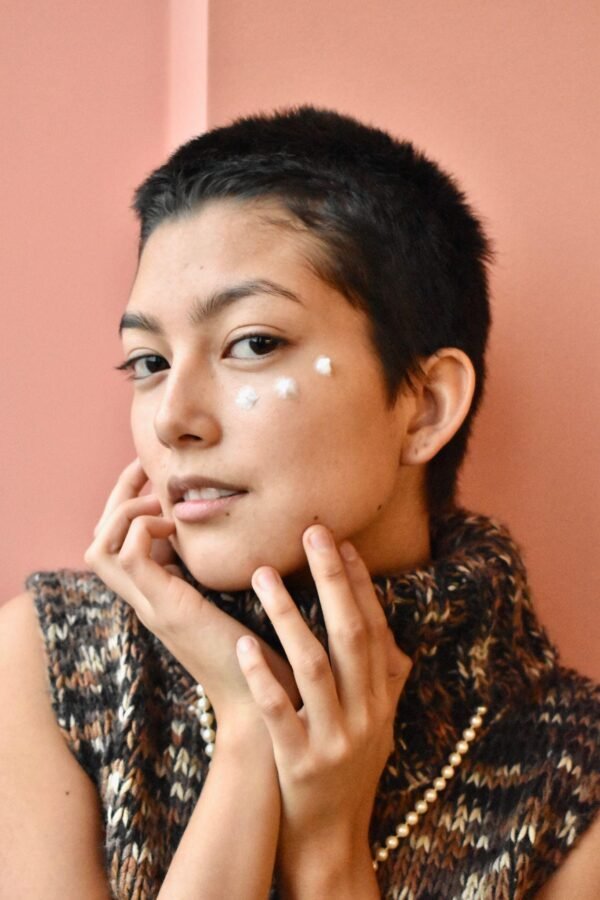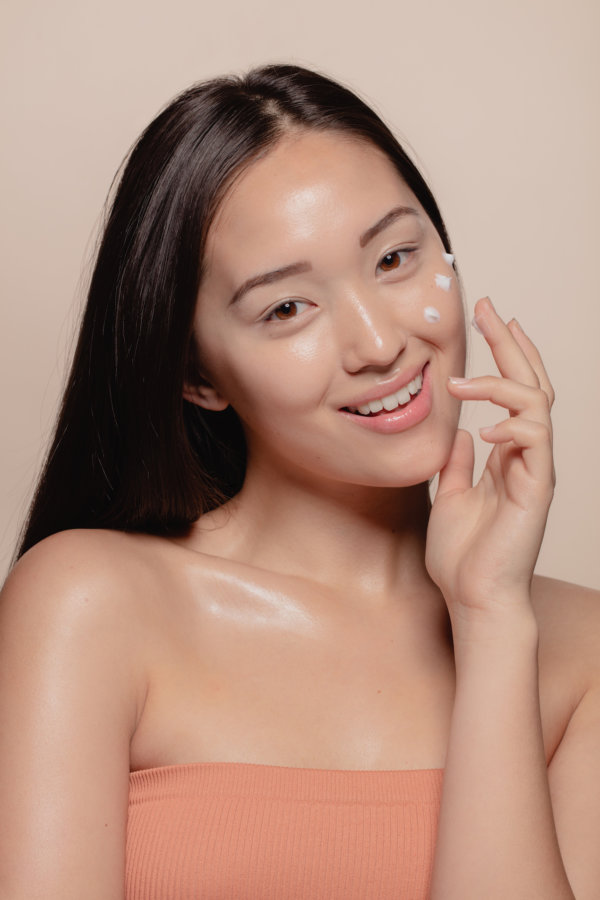
Starting a Korean Skincare Routine with Nature Republic

Skin is the biggest organ of your body, and it’s the most visible. People often think that having great skin is in-born, but that’s not the case. Koreans have proven that daily habits have a significant impact on skin, with the 10-step skincare routine.
While the Koreans have introduced ten steps, the daily process requires less than that. If you’re still a newbie, you can find a reliable brand to start. Nature Republic is one of the Korean companies that can help you jumpstart your skincare with ingredients that are compatible with all skin types.
Just make sure that you start your routine with your own skin needs in mind; because what might be suitable for other people may not be compatible with you. Also keep in mind that there are many different methods for skincare, and you must understand the principles before jumping in.
Here are some of the things you can do when building your very own skincare routine.
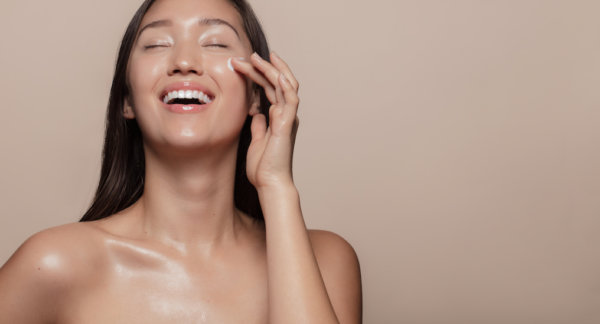
Do The Three Basic Steps
You should start with the critical steps in a routine. Keep in mind that you should have cleansing, toning, and moisturizing products in your routine. Nature Republic has cleansing oils, cleansing foams, toners, and moisturizers that are good for sensitive skin.
Any skincare routine’s goal is to troubleshoot areas that you want to work on and tune up your complexion where it functions its best. If you’re starting, then make sure you master the essential steps.
Cleansing
The first step in any skincare routine is cleaning your face from makeup, dirt, sebum, dust, and sweat. In cleansing, make sure to find the appropriate facial cleanser for your skin type. The right formula will cleanse your skin without stripping essential and healthy oils.
Here are some types of cleanser according to skin types:
- Oily or acne-prone skin – foaming liquid cleanser
- Red, dry and eczema-prone skin – cream or lotion
- Sensitive skin – oil cleanser
- Mature skin – melting balm
- Any skin type – micellar water
Toning
The next step is applying a toner to clear out the acidity and other possible elements on your face. Toning is the balancing of the skin’s ph. You tone your skin so that your skin is prepared to receive skincare products after that.
Make sure to look for these specific ingredients in a toner:
- Rose Water and Green Tea to reduce redness and calm irritation
- Vitamin E and C to fight free radicals that can age your skin
- Alpha and Beta Hydroxy Acids (AHA or BHA) to improve sun-damaged skin, minimize dullness and remove dead skin cells that may clog pores
- Hyaluronic Acid to plump skin and subtly treat fine lines and to boost hydration
Moisturizing
After toning, there are often more steps, but in this case, you can go straight to using a moisturizer. Moisturizing is the process of hydrating and softening the skin. Make sure also to pick a moisturizer that’s fit for your skin type.
Here are some examples of moisturizer for a specific skin type:
1. Normal Skin – Lotion
2. Dry Skin – Cream
3. Oily Skin – Gel Moisturizer
4. Sensitive Skin – Balm
Be Consistent and Slowly Add More Steps
Skincare products have come a long way, but there is still no such thing as an instant fix. You can’t expect a beautiful and glowing skin with just one try. You need to wait before you reap the benefits and consistent use is vital, as what the Manhattan dermatologist, Dr. Rachel Nazarian, said.
Generally, aim to use a product for at least six weeks to notice the difference. If you don’t see an improvement, then you need to add more products or use another skincare item.
Final Thoughts
San Francisco skincare specialist, Kristina Holey, once said that beauty routines are opportunities to notice changes in yourself, so as your skin needs a shift with age, so will your products. The products that you will use in your routine may differ from what others use depending on your skin type.
Other than the basic skincare routine, you may also have additional steps depending on what your skin needs. If you are not sure about your routine, you may visit and consult your dermatologist for suggestions. If you mastered the basics, then you can upgrade to better products and more complicated skin routines.






